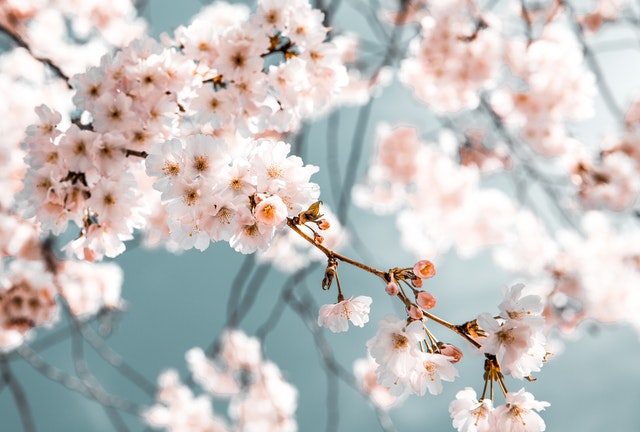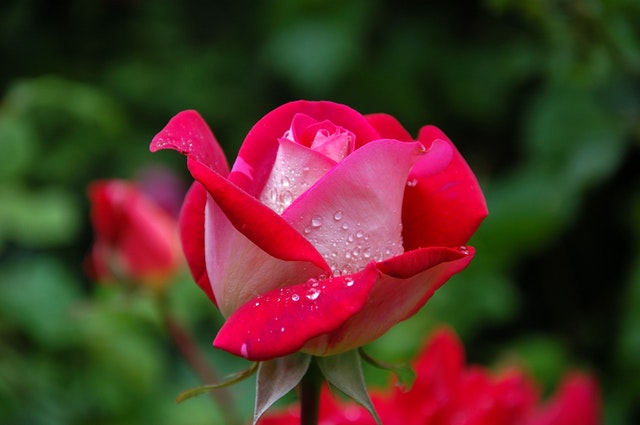
This is how you prune the Hydrangea Annabelle
Emma Harolds
- 0
- 2002
The Hydrangea Annabelle is a long-lasting bloomer with large white bulbs, which are also called snowballs. Especially in groups they give a beautiful effect in every garden. The plant is hardy but then loses the leaves. If you are careful with your Hydrangea, you provide extra support because thanks to that wealth of flowers, they sometimes sag after a rain shower. There is also a new strain for sale called Strong Annabelle. This is sturdier and less sensitive to rain and wind.
Location and flowering Hydrangea Annabelle
The hydrangea has thin leaves, which means that evaporation is rapid. It is therefore a plant for partial shade. Note that the plant needs a relatively large amount of water. If it is too dry, it will show this by drooping and showing yellow leaves. With all that flower wealth, the Hydrangea likes to grow in humus-rich and acidic soil. It is certainly a good idea to sprinkle garden peat around the plants every year. The plant quickly begins to form buds in early spring in preparation for flowering, which can last from June to September. In autumn and winter this plant is not very noticeable and not really decorative. The flowers really have to do it. If pink fits better in the color palette of your garden, you can also opt for the Pink Annabelle.
Pruning Hydrangea Annabelle
The first thing you need to remember about pruning the Hydrangea Annabelle is that you should do it in the spring, March to be precise, or not at all. The Hydrangea flowers on new wood. In March you can prune the stems back to 15 to 30 centimeters. Those beautiful spherical flowers appear on the newly formed stems. Because these young stems are not always very sturdy, they can use some support.

